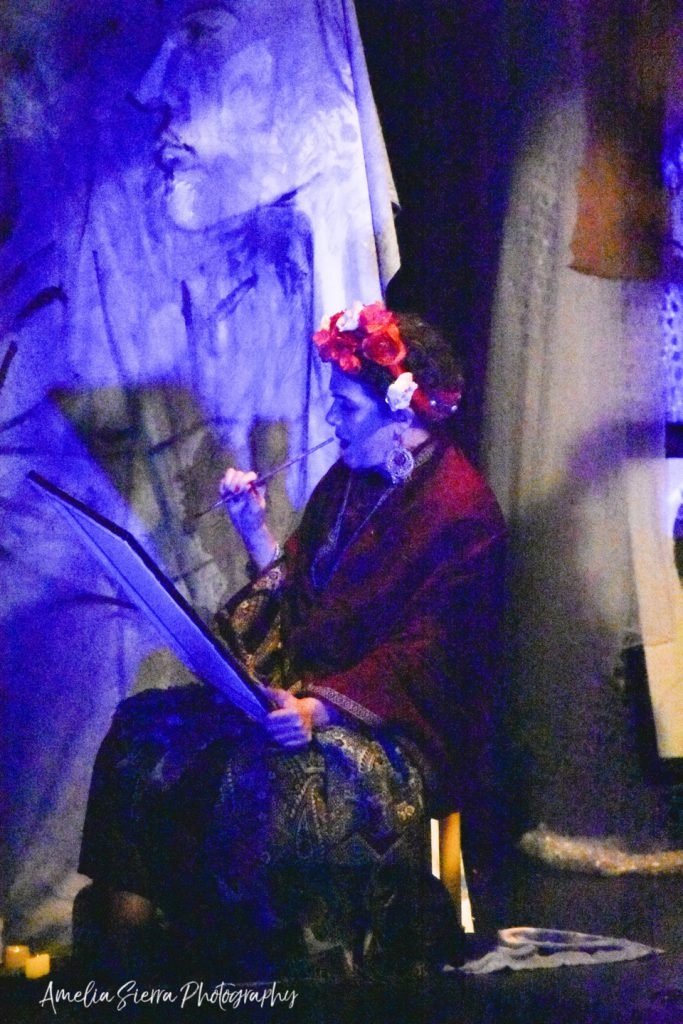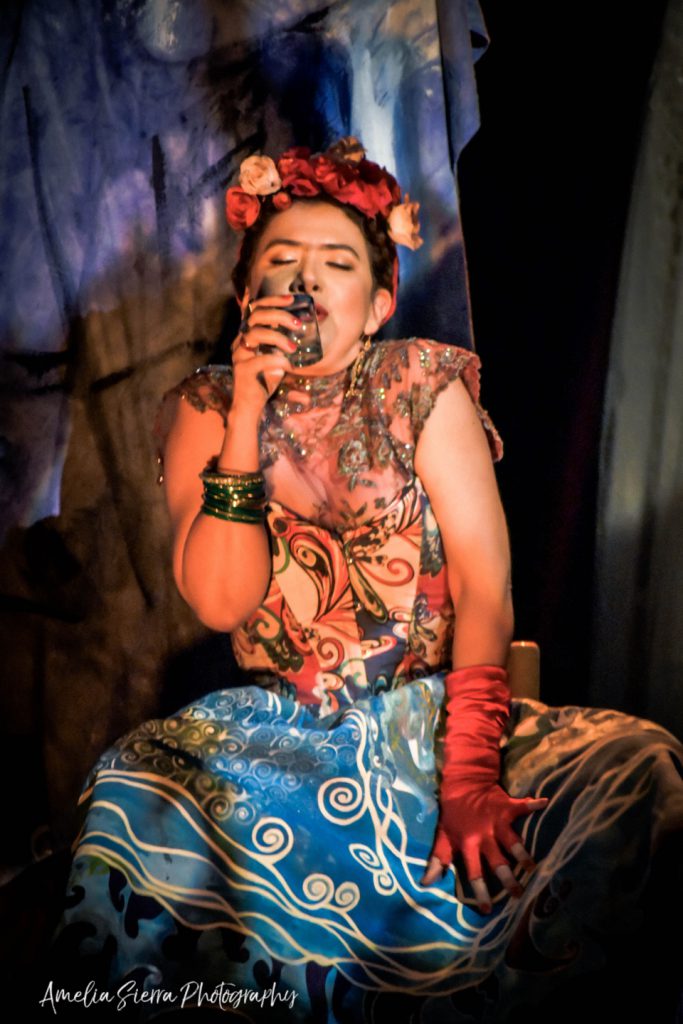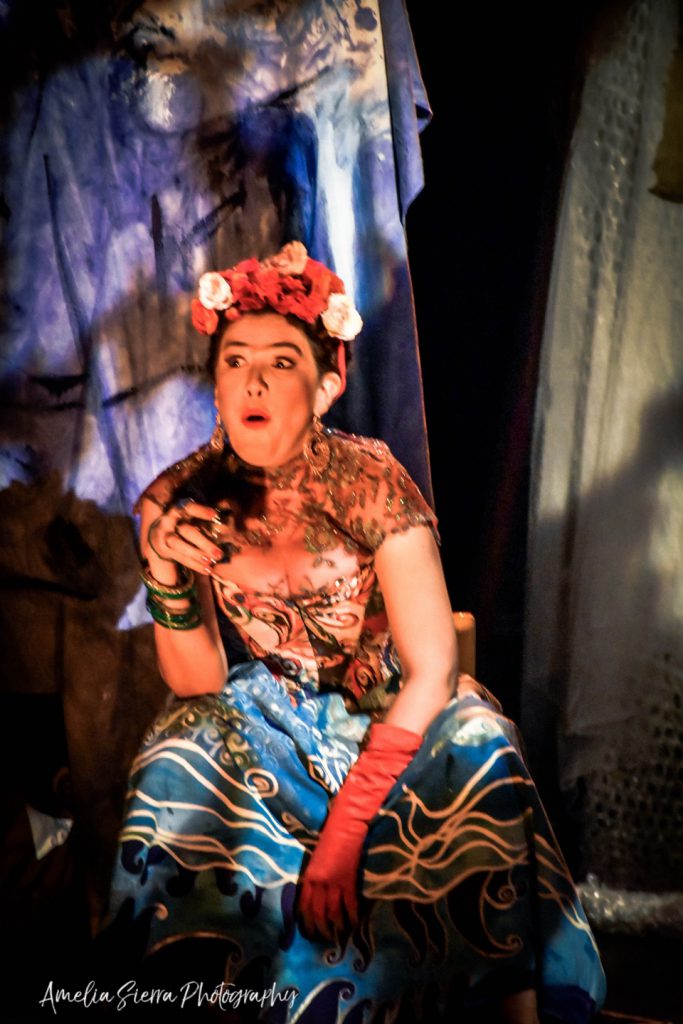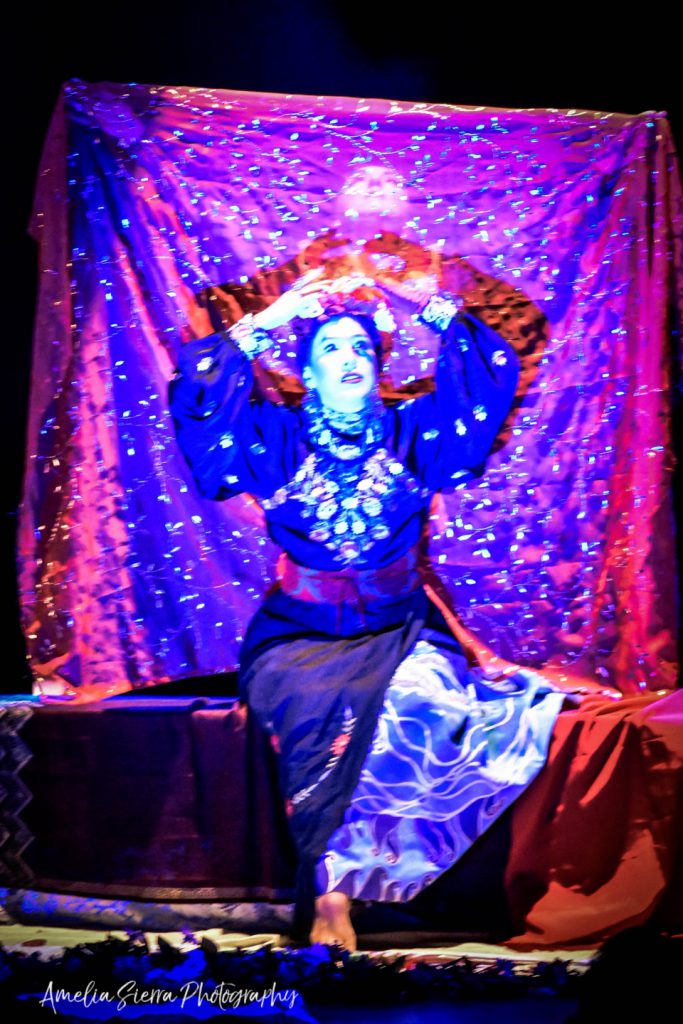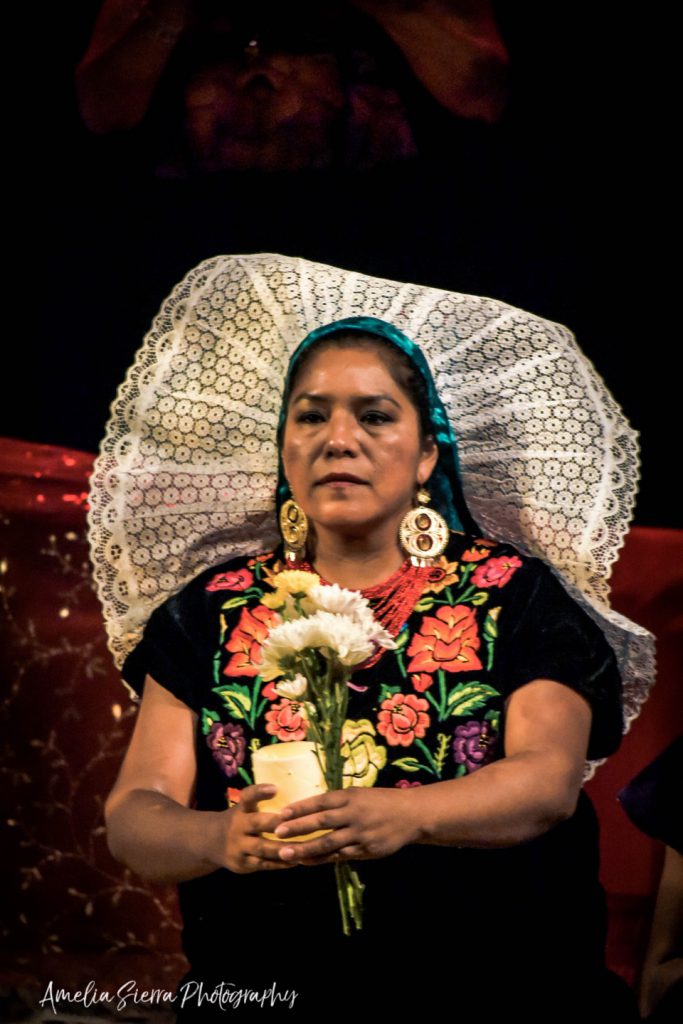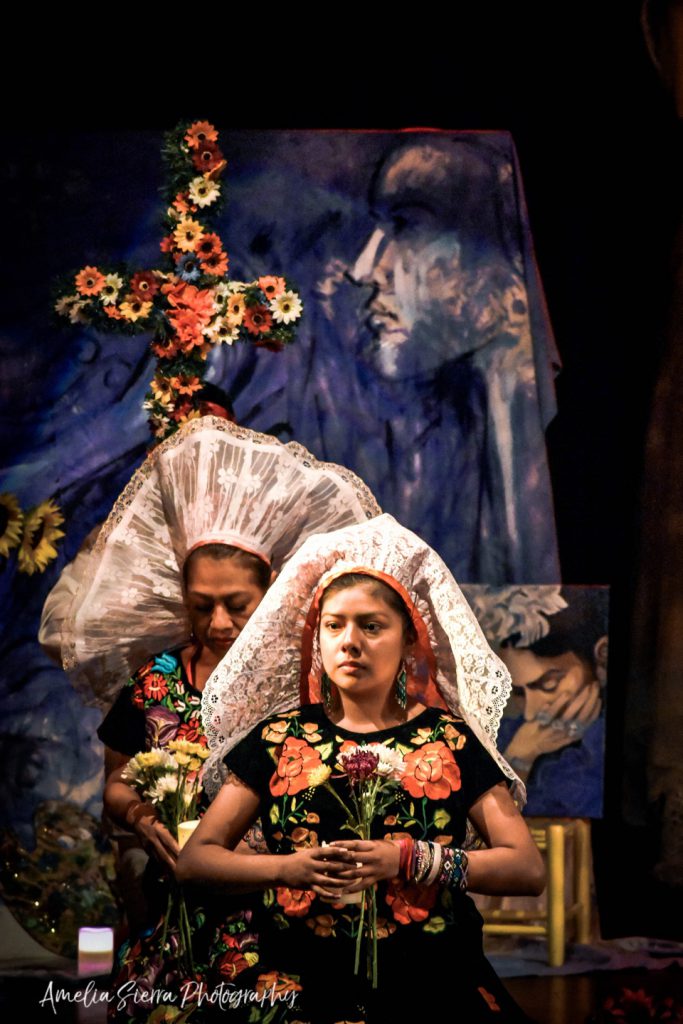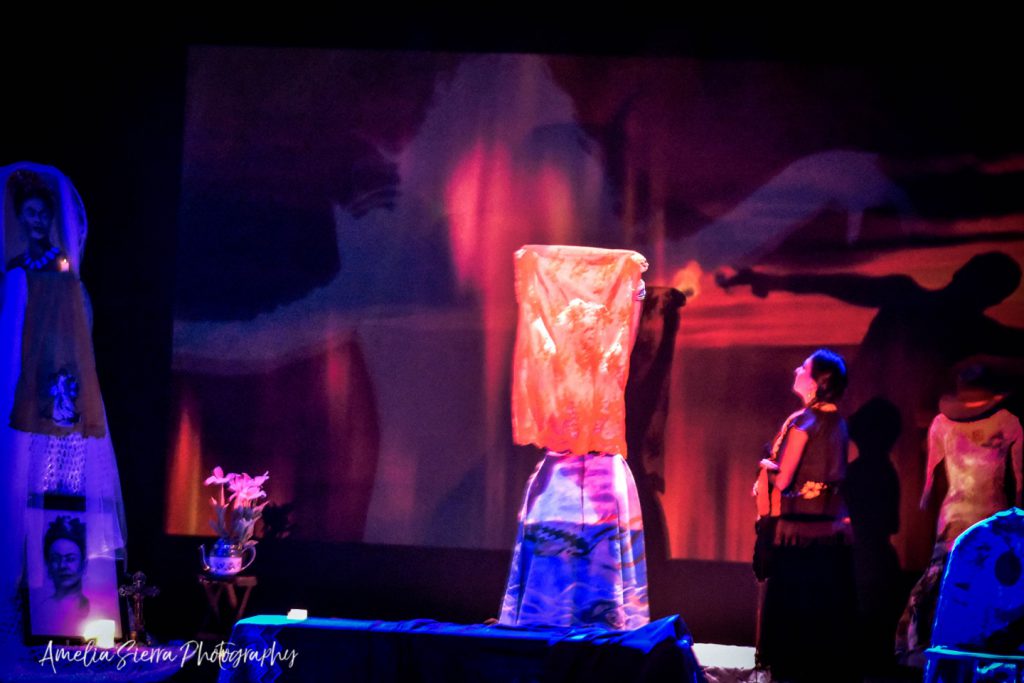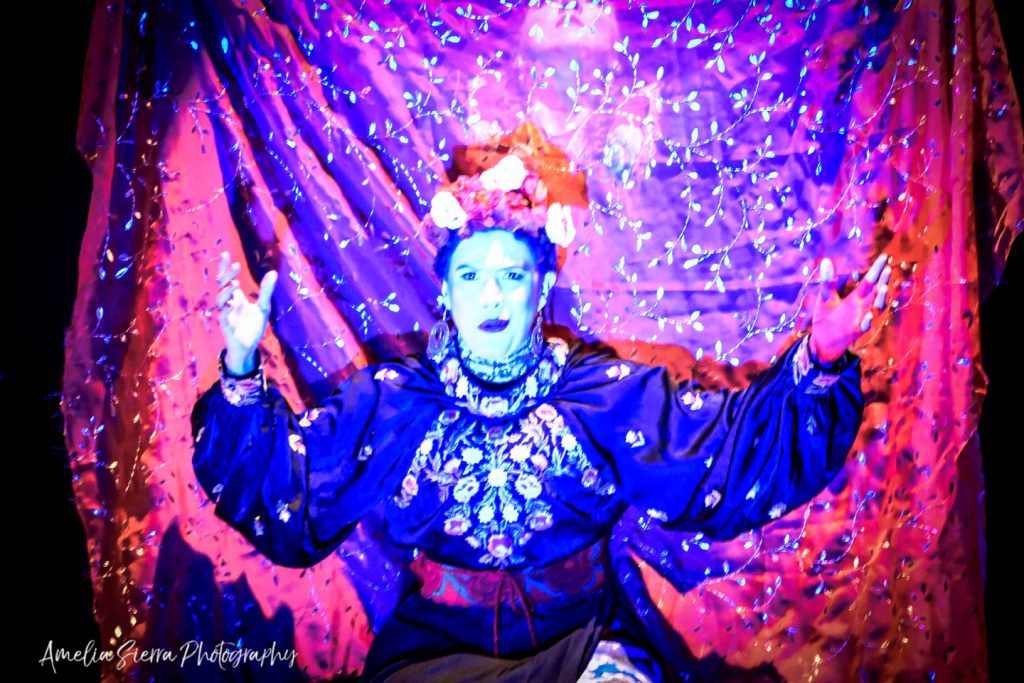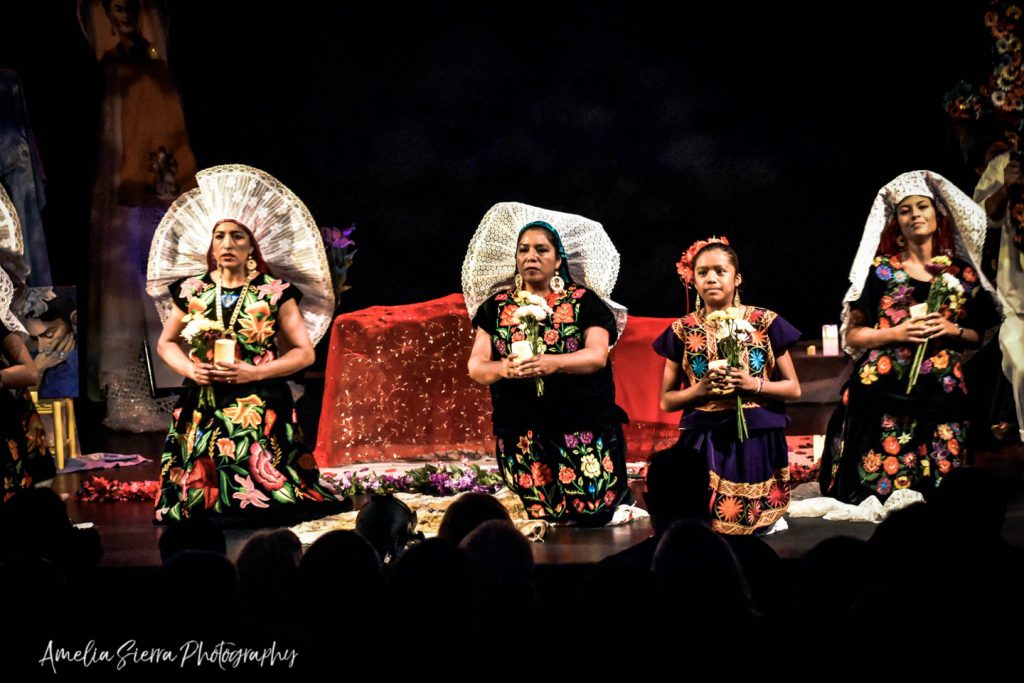The Feast of the Friducha
Why a party? Shouldn't such a tragic life, so full of accidents, injuries, losses and illnesses, be evoked in a ritual of pain, anger and sadness?
However, Frida's painting is a feast of color, of sounds, of astonishment at the most beautiful or terrible things and, in any case, a celebration of life with all its ambiguities.
And in particular, a breaking down of the boundaries between Life and Death, the "Calaca", that image reiterated in Mexican Culture from pre-Hispanic times to the present day, always in the carnival, ironic and festive form typical of the tradition we find in the fairs, the festivity of "the Day of the Dead" and - in a fantastic re-use of the signs - in Frida's paintings.
Curiously, it is the fragmentation and the assembly of the most diverse signs (from the most intimate and personal to social, cultural, historical events) that surprise and move us in his painting. Not the linearity of his history - his fragmented, broken, unconnected biography - but the dreamlike, fantasy (it has been said surrealist) relationship and recovery of objects, visions and facts.
Perhaps that is why a performance - at the limits of theatricality, narration, the hidden and the visible - is the most faithful way of summoning those fragments of life. And with them the Music, the comelata, the joy, the Mariachis playing and the Festival that exorcises pain, remoteness and sadness.

